Water vapor is always present in the air. However, there are negative consequences to your health and your home if the level of moisture is excessive or insufficient. Controlling the amount of moisture is not the easiest task, but a dehumidifier or a humidifier can help. Whether you need a humidifier or a dehumidifier depends on the relative humidity inside of your house.
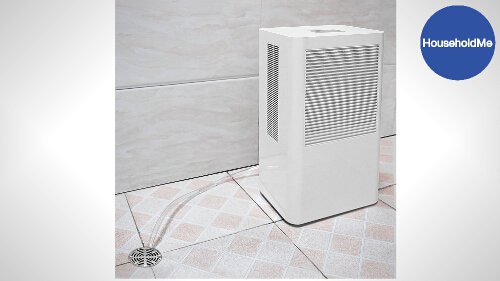
Relative Humidity – What Is It?
Simply put, relative humidity, or RH, is a measurement of how much water vapor is in the air in relation to the moisture capacity of the air at a specific temperature, and it’s described in percentage form. The higher the temperature, the more water vapor the air can hold. A relative humidity of 50 percent means that the air is holding one-half of its maximum moisture capacity. When the relative humidity is 100 percent, saturation occurs, which causes rain.
The Ideal Relative Humidity Level
One factor that determines the best relative humidity level for an individual is his personal comfort, and that percentage varies from one person to the next. However, to stave off the ill effects of high or low humidity, the ideal level ranges from 30 to 50 percent.
You also need to take into account the outdoor temperature. Usually, you’ll want to keep the relative humidity higher in warmer weather and lower in cooler weather. For instance, on a hot summer’s day, strive for a relative humidity of no more than 50 percent. If it’s below freezing, keep the relative humidity at 40 percent or lower. Of course, these examples are rough guidelines, and it may take trial and error to choose the right RH level for your home.
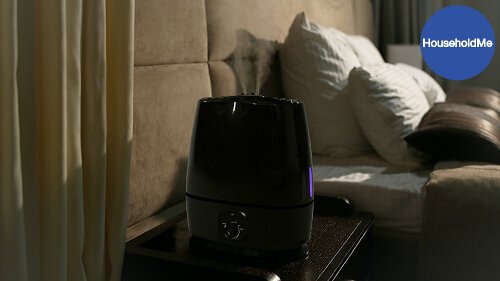
Controlling the Relative Humidity in Your Home
There are several ways you can control the relative humidity level in your house. If the RH level is too low, you need to add moisture to the air. You can boost the relative humidity laying wet clothing out to dry instead of using the dryer or setting up multiple bowls of water to evaporate throughout the day. However, a humidifier is the most efficient option.
On the other hand, a high humidity level calls for lowering the moisture in the air. To do this, you can open some windows and use an exhaust fan while showering or cooking. Again, these quick methods aren’t as efficient as using a dedicated appliance. In the case of high humidity, the go-to appliance is a dehumidifier.
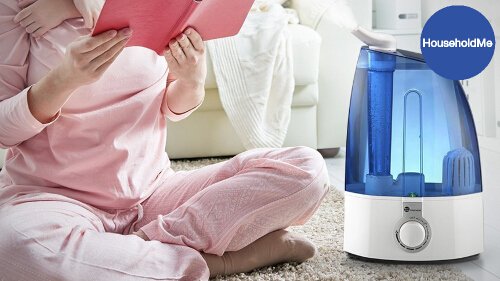
Signs of Low Relative Humidity
Several signs point to low relative humidity. Often, a dry room will feel stuffy. If you feel static electrical shocks when walking on carpeted floors, your home’s humidity may be too low. You may notice chipped paint on the walls or cracks in structural and decorative woodwork.
Other signs of a low RH level may occur to items inside of your house. One example is electronic equipment that inexplicably stops working correctly or altogether. If you see worn frets, fingerboard shrinkage or cracks in the wood, the culprit is probably dry air.
Signs of High Relative Humidity
Different but equally serious issues can arise from high indoor relative humidity. The smell of mildew is a telltale sign. Peeling paint is another sign. If you see condensation buildup on your windows, the humidity level is too high.
If you closely inspect your house and notice rotting wood or water stains on the ceilings or walls, you could be dealing with elevated humidity. Mold spots, a layer of pollen on surfaces and accumulated dust are other indicators of high relative humidity.
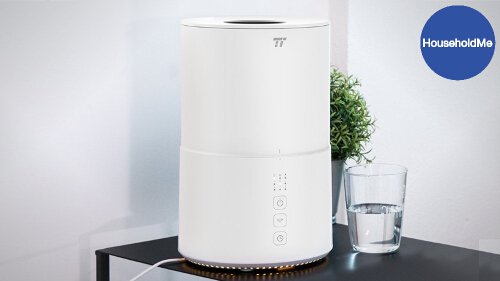
Physical Effects of Low RH
Just like your home, your health can be negatively impacted by low relative humidity. A low RH level can make congestion worse when you have a cold and increase your susceptibility to respiratory illnesses. You may also experience a sore throat, headaches, and nosebleeds. Even your skin is at risk, becoming dry and itchy from the lack of moisture in the air.
Physical Effects of High RH
At the other end of the humidity spectrum, there is high relative humidity, which also hurts your health. Since bacteria and mold thrive in high humidity, you are more likely to get a respiratory illness. Excess water vapor in the air is also horrible for allergy and asthma sufferers, exacerbating their symptoms and triggering flare-ups.
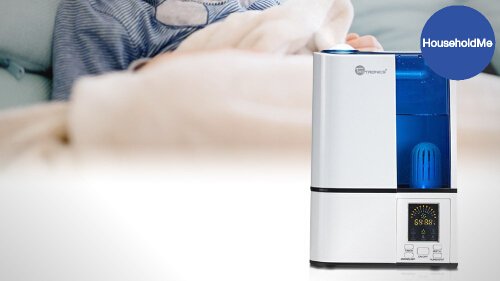
Determining Indoor Relative Humidity
While certain signs point to humidity problems, there is only one way to find out if your home’s humidity is too high or low – using a hygrometer. A hygrometer is similar in appearance to a thermometer, and it measures the amount of water vapor in the air. Ideally, you should measure the RH level in every room of the house, so you know what areas need attention.
Some dehumidifiers and humidifiers come with an external or integrated hygrometer, relieving you of the task of measuring a room’s RH level yourself. Other dehumidifiers and humidifiers come equipped with a humidistat, which measures and regulates the relative humidity.
How Humidifiers Work
Humidifiers are designed to increase the humidity in a room. These appliances have a water reservoir, and the humidifiers use the water inside of their reservoir to create mist. This mist is then distrusted throughout the room. Some humidifiers release cool mist while others release warm mist; there are even a few humidifiers that produce cool and warm mist.
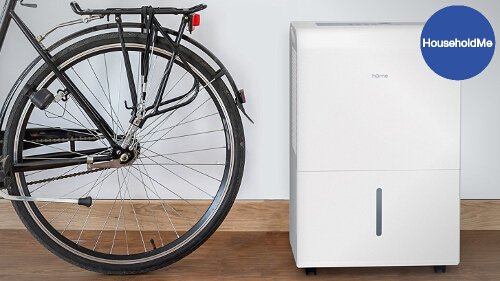
Popular Types of Residential Humidifiers
There are three humidifiers commonly used in residential settings. A steam humidifier makes warm mist by boiling the water in its reservoir. Some steam humidifiers are compatible with essential oils or medical inhalants.
Ultrasonic humidifiers contain a diaphragm, which vibrates at a noiseless high frequency. This action turns the water into droplets, which are released into the air. Evaporative humidifiers have an absorbent cloth wick. As the wick soaks up the tank’s water, a fan blows over the wick, sparking the evaporative process.
Benefits of Using a Humidifier
A whole host of benefits come from using a humidifier in a room with dry air. If you have a cold or the flu, a humidifier can help relieve some of your symptoms and speed up the healing process. Since you’ll be able to breathe better, you’ll get more restful sleep and feel more productive the next day.
Your houseplants will thank you for their moist soil. Plus, a humidifier makes it easier to turn down the heat because dry air feels cooler than moisturized air, which saves you money on your monthly heating bill.
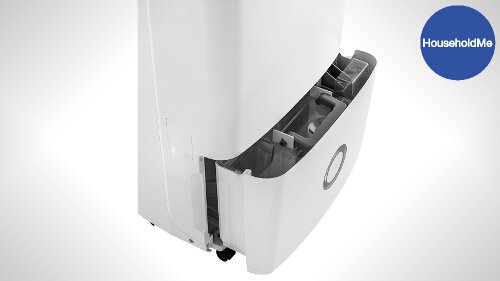
Maintaining a Humidifier
Your humidifier will last for years if you properly maintain it. For its water supply, consider using distilled water instead of tap water as the distilled variety cuts down on the growth of mold and bacteria as well as hard water buildup.
Some humidifiers have an antimicrobial coated tank or a demineralization cartridge to prevent these issues. Also, don’t let water sit in the reservoir for days; otherwise, you risk inhaling bacteria and mold.
Related Post: Best Humidifier for the Baby Buying Guide
How Dehumidifiers Work
Dehumidifiers are made to decrease the humidity in a room. Dehumidifiers also have a tank, which fills up with the water they collect. To lower the humidity level, dehumidifiers pull in air and extract the air’s excess moisture.
Then, they push out the air, which is now dry. There are several kinds of dehumidifiers from which to choose.
Popular Types of Residential Dehumidifiers
There are few varieties of residential dehumidifiers available. Refrigerative dehumidifiers have a fan, which collects the air in the room and moves it across a refrigerated coil. This causes the coil to condense, and the water is released into the tank while the dry air is put out into the room.
Electronic dehumidifiers contain a Peltier heat pump. This pump uses the condensation process to extract water from the air. Finally, there are desiccant dehumidifiers. These dehumidifiers use heat and an absorbent material to remove the air’s water vapor.
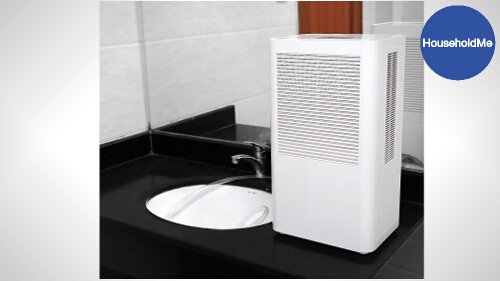
Benefits of Using a Dehumidifier
If you want to use a dehumidifier to increase the relative humidity of a room, you’ll notice multiple benefits. Higher humidity levels hinder dust mite growth, equating to less dusting for you. Since a dehumidifier also reduces mold and mildew growth, it can knock out their accompanying odors.
With a dehumidifier running, your air conditioner will work more efficiently because there is less moisture for the AC unit to remove. That expensive artisan bread on your kitchen counter? It won’t go stale before you get to eat it because a dehumidifier even keeps bread fresher for a longer period of time.
Maintaining a Dehumidifier
When it comes to maintaining a dehumidifier, one rule that applies to humidifiers also goes for dehumidifiers. Don’t leave standing water inside of the tank for an extended time period as this encourages mold and bacteria growth.
You should also make sure to clean the tank and the coil on a regular basis – Follow the cleaning instructions given by the manufacturer. Don’t forget to check the coil occasionally for frost buildup. To make this problem less likely to occur, some manufacturers equip their dehumidifiers with an auto-defrost.
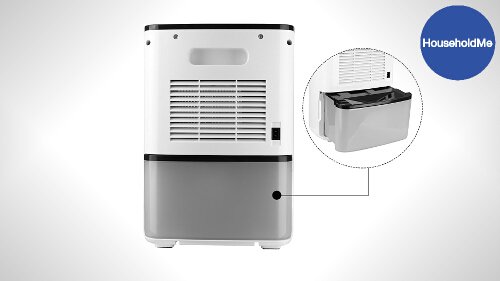
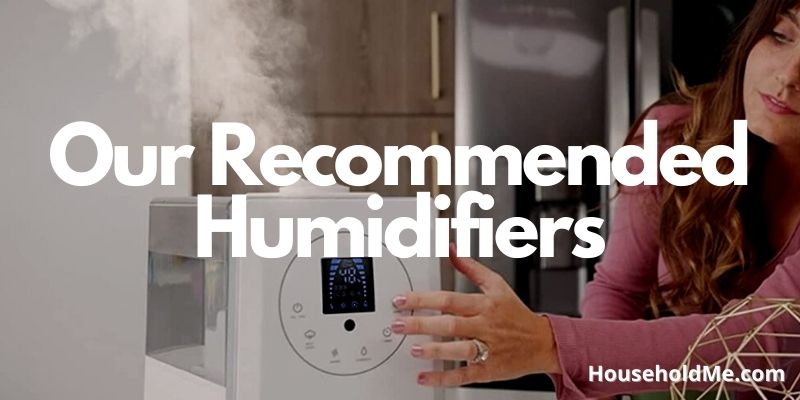
If you have any questions or comments, please add them below in the comment section. Similarly, please let us know if you spot any mistakes or omissions. Thanks!
Sources
University of Rochester Medical Center
Energy Star
Mayo Clinic
